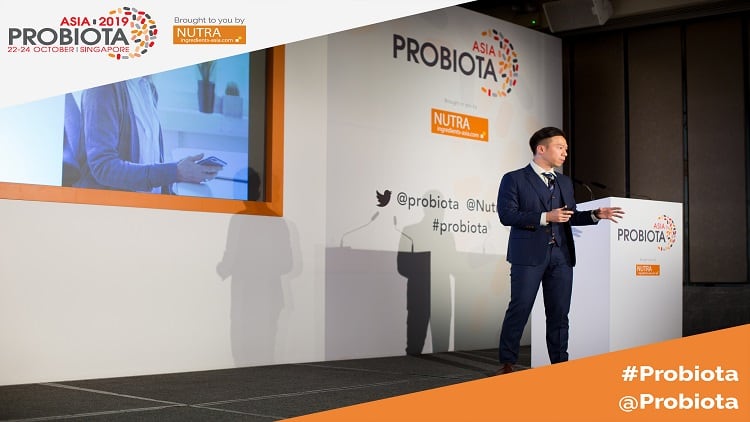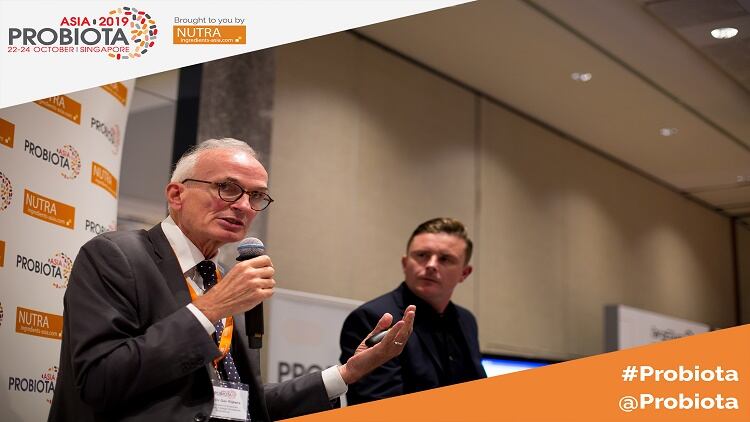The firm’s regional manager and office head in APAC, Hok Ting Yau, made the comment when presenting the firm’s experience expanding into Asia, the challenges met, and the firm’s future strategies during our recent Probiota Asia Summit in Singapore.
He pointed out that having a local market presence would not suffice, as conducting local clinical studies was equally important, especially in winning over the industry’s KOL and healthcare practitioners.
“There are people who ask: ‘Your study is from Europe, does this also work for Asian population, and are our microbiotas the same?’
“This is a question that we are trying to answer by collaborating with the local key opinion leaders (on conducting local clinical trials) in the field.”
Describing it as the firm’s “bread-and-butter”, he said that as of February this year, it had conducted 203 clinical trials involving 17,000 individuals. Another 50 clinical trials are in the pipeline.
“We heard a lot from our partners, the doctors, who said that clinical trial is one of our most important currencies and this is something that we will keep doing.”
One of its recent trials conducted in Asia involved the study of how its Lactobacillus reuteri gastrus tablet probiotic, when coupled with the Bismuth-containing quadruple therapy for 14 days, can eradicate Helicobacter pylori by 96%.
However, conducting local clinical trials is not without its challenges.
“In a case or two, we had to terminate the study, because we had no way to send the study product,” he claimed.
APAC challenges
Identifying and addressing the different medical needs present in different APAC countries is another challenge that needs to be overcome when selling probiotics in the region.
Comparing Philippines and Japan, Hok pointed out that the former was interested in addressing diarrhoea while the latter’s prime concern was more towards Functional Gastrointestinal Disorders (FGIDs).
Different markets also understand the idea of probiotic differently, with a number associating it with only beverages, instead of other formats such as tablets or capsules.
There was also the challenge of educating the market on the use of probiotics for specific health conditions, as in the case of infantile colic.
In the case of APAC, it took three years to build awareness around the use of probiotics for infantile colic.
This is because Asian consumers tend to explain colic as “wind” in the stomach instead of a gastrointestinal condition.
“We first had the probiotic drops for infantile colic in Singapore in 2009, it was only in 2013 that it became more popular amongst the healthcare professionals.
“If the market for probiotics is not there yet, it does not mean that it does not exist,” Hok concluded.
What’s new
Building on its expertise in infantile colic, FGID, and diarrhoea, the firm has started to place more attention on the use of probiotics on oral and bone health.
Hok explained that oral health was a focus as a number of diseases were associated with the imbalance of microbiota in the mouth.
The firm has conducted clinical studies, which showed that probiotics could reduce the loss of bone mineral density in osteopenia patients by almost half compared to placebo.




